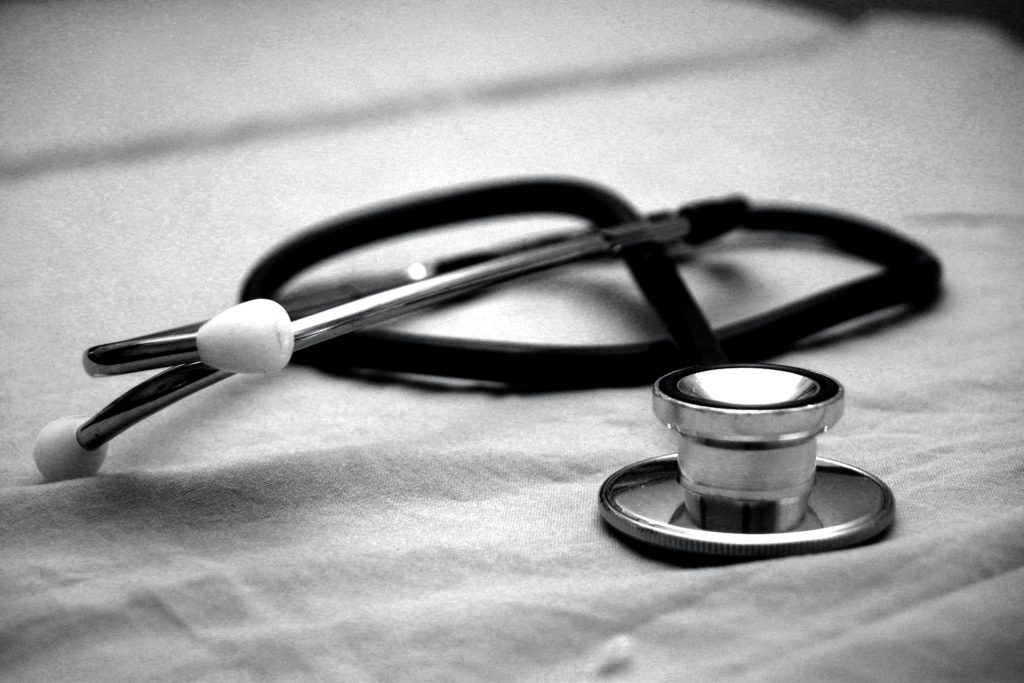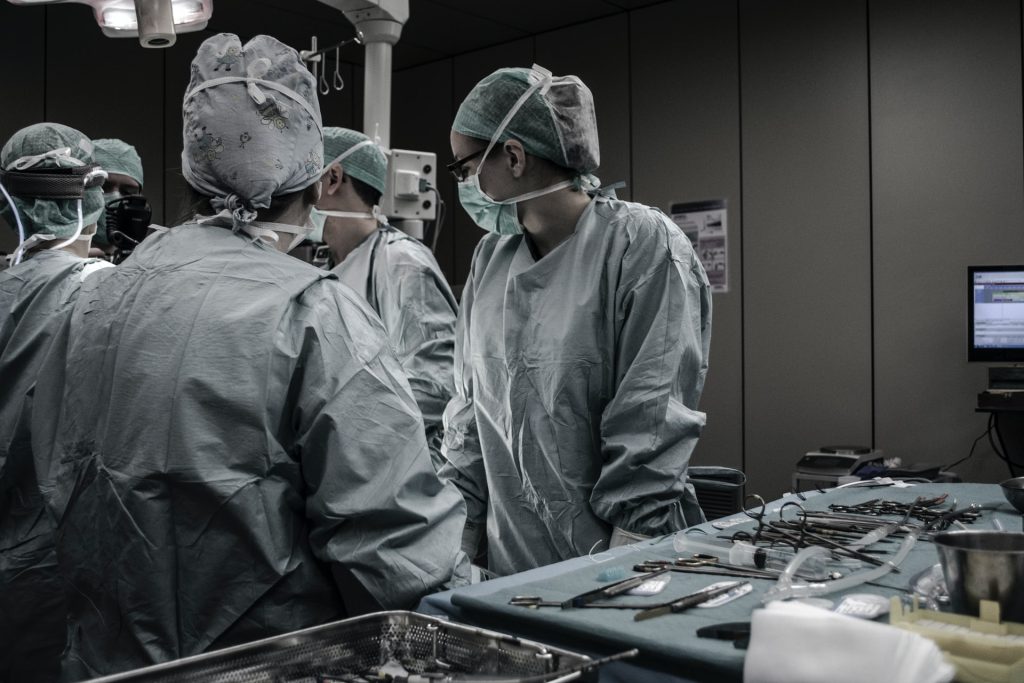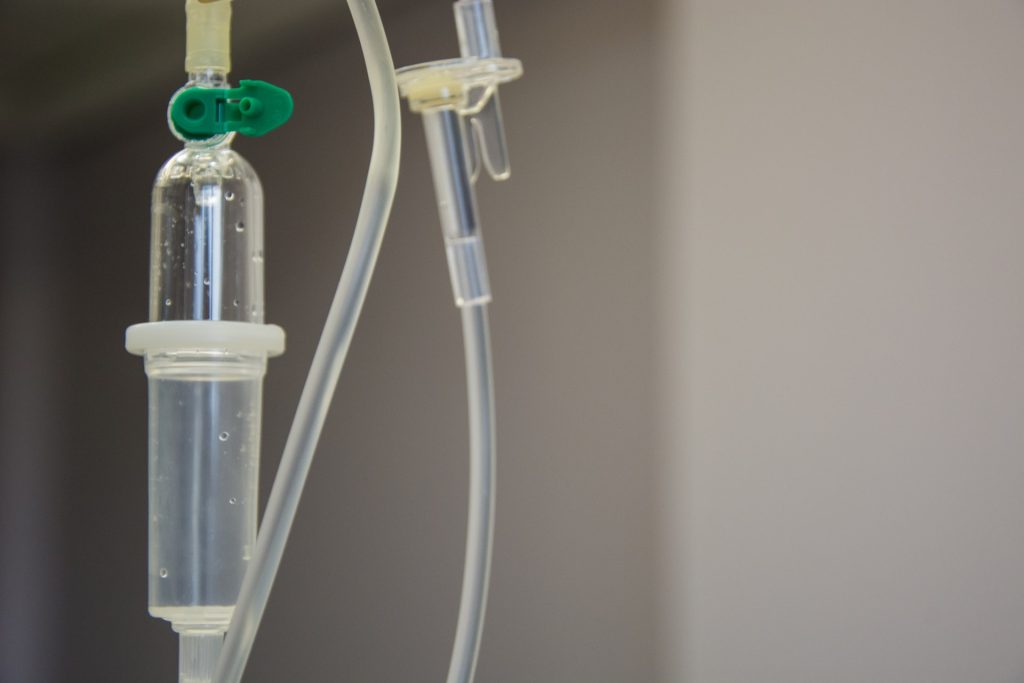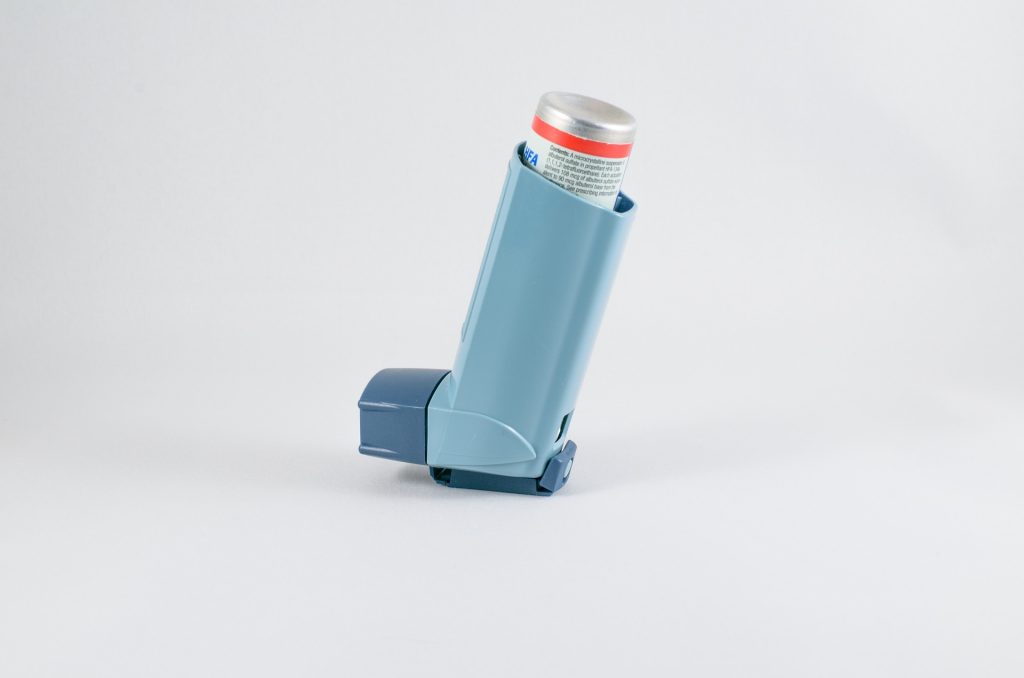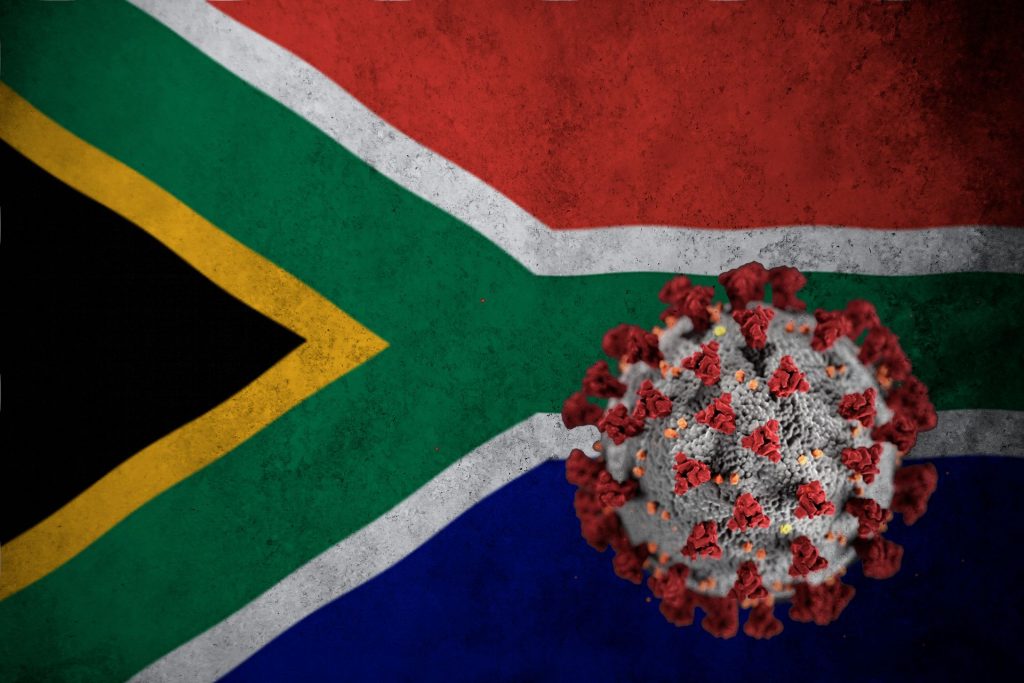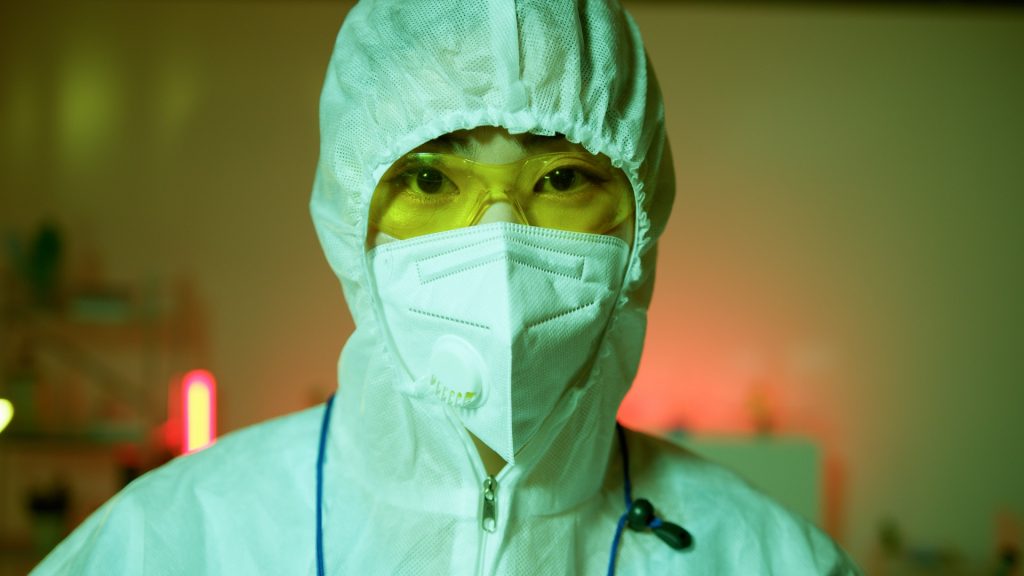Good Outcomes for Severe Brain Injury Still Possible
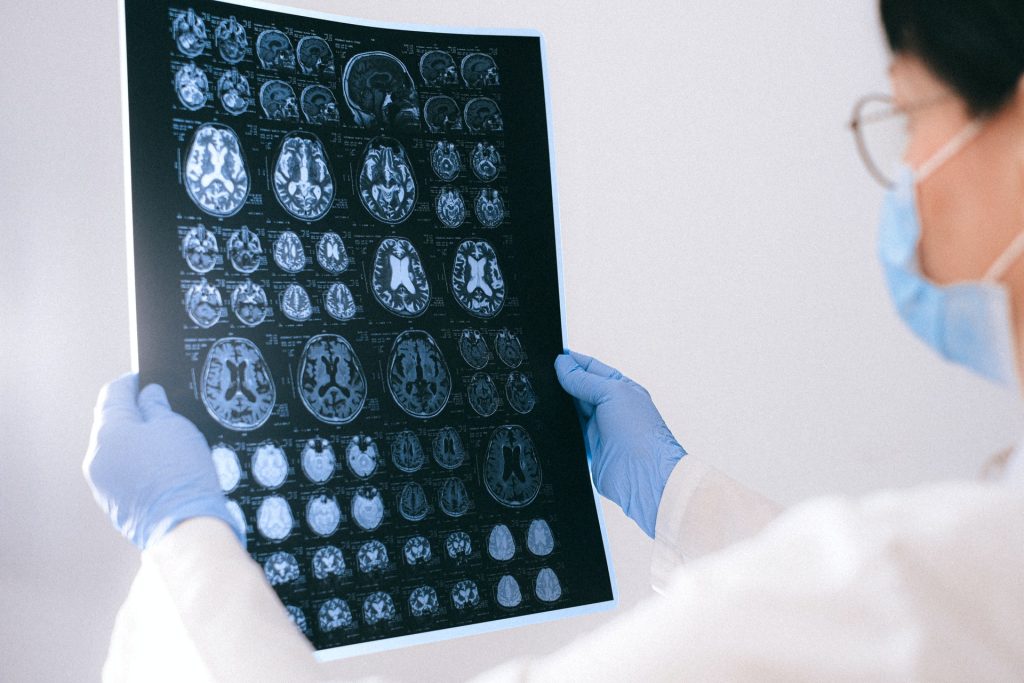
A new study adds to the growing body of evidence that decisions regarding moderate-to-severe traumatic brain injury (TBI) should not be made too soon after the injury, as a good prognosis can still emerge.
Researchers followed 484 patients with moderate-to-severe TBI and found that among the patients in a vegetative state, one quarter “regained orientation” — awareness of who, when and where they were — within 12 months of their injury.
“Withdrawal of life-sustaining treatment based on early prediction of poor outcome accounts for most deaths in patients hospitalised with severe TBI,” said senior author Geoffrey Manley, MD, PhD, noting that 64 of the 92 fatalities in the study occurred within two weeks of injury. Dr Manley is professor and vice chair of neurological surgery at UCSF and chief of neurosurgery at Zuckerberg San Francisco General Hospital.
“TBI is a life-changing event that can produce significant, lasting disability, and there are cases when it is very clear early on that a patient will not recover,” he said. “But results from this study show a significant proportion of our participants experienced major improvements in life functioning, with many regaining independence between two weeks and 12 months after injury.”
The patients in the study were enrolled by the brain injury research initiative TRACK-TBI, of which Dr Manley is the principal investigator. All patients were 17 and older and had presented to hospitals with level 1 trauma centers within 24 hours of injury. Their exams met criteria for either moderate TBI or severe TBI. The causes were falls, assault and primarily crashes involving a motor vehicle.
The patients, whose average ages were 35 in the severe TBI group (78 percent males) and 38 in the moderate TBI group (80 percent males), were assessed using the Glasgow Outcomes Scale Extended (GOSE), which ranges from 1 for death to 8 for “upper good recovery” and resumption of normal life. Impairment was also categorised with the Disability Rating Scale (DRS).
At two weeks post-injury, 93 percent of the severe TBI group and 79 percent of the moderate TBI group had moderate-to-severe disability, according to the DRS, and 80 percent had GOSE scores from 2 to 3, meaning they required assistance in basic everyday functioning.
But by 12 months, half of the severe TBI group and three-quarters of the moderate TBI group had GOSE scores of at least 4, indicating they could function independently at home for at least eight hours per day. Moreover, 19 percent of the severe TBI group had no disability, according to the DRS, and a further 14 percent had only mild injury, the researchers noted.
Most surprising were the findings for the 62 surviving patients who had been in a vegetative state. By the 12-month mark all patients had recovered consciousness and 1 in 4 had regained orientation. All but one survivor in this group recovered at least basic communication ability.
“These patients made the cut for favorable outcome,” said co-first author, Joseph Giacino, PhD, of Spaulding Rehabilitation Hospital, Massachusetts General Hospital and Harvard Medical School. “Their GOSE scores were 4 or higher, which meant they could be at home unsupervised for at least eight hours a day, since they were able to take care of basic needs, such as eating and toileting.”
In prior work, a significant percentage of patients with grave impairments had been shown to achieve favorable functionality after many months or years. This study coincided with the recommendation in 2018 from the American Academy of Neurology that in the first 28 days after injury, clinicians should refrain from telling families that a patient’s prognosis is beyond hope.
“While a substantial proportion of patients die or suffer lasting disability, our study adds to growing evidence that severe acute impairment does not portend uniformly poor long-term outcome,” said Manley, who is also affiliated with the UCSF Weill Institute for Neurosciences. “Even those patients in a vegetative state – an outcome viewed as dire – may improve, since this is a dynamic condition that evolves over the first year.”
Source: University of California, San Francisco
Journal information:JAMA Neurology (2021). DOI: 10.1001/jamaneurol.2021.2043

